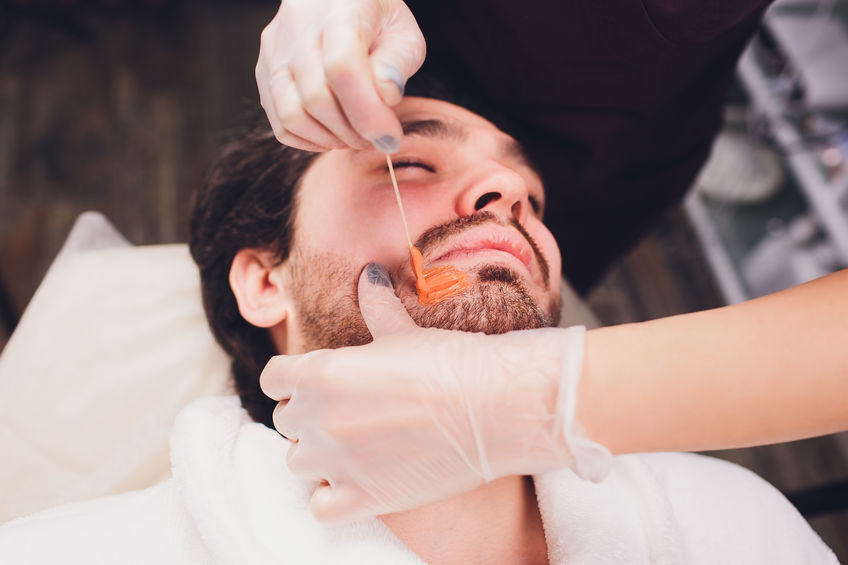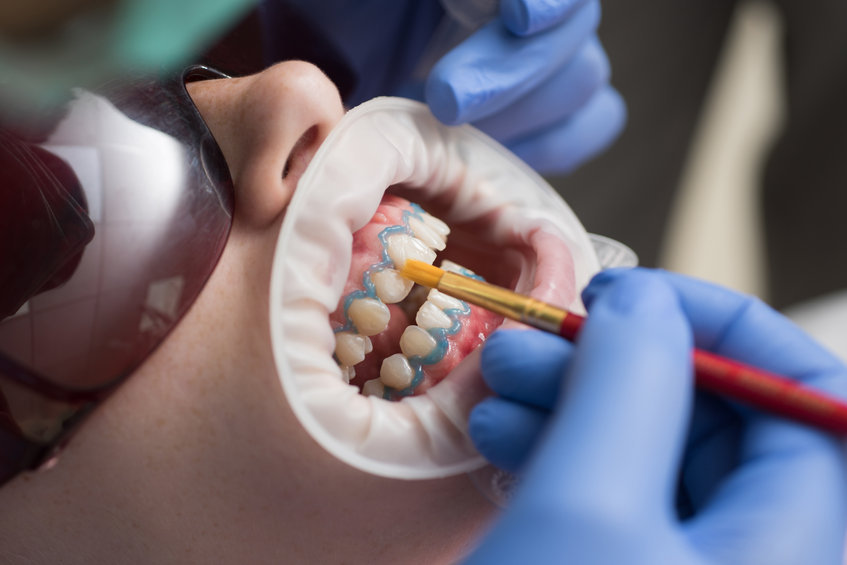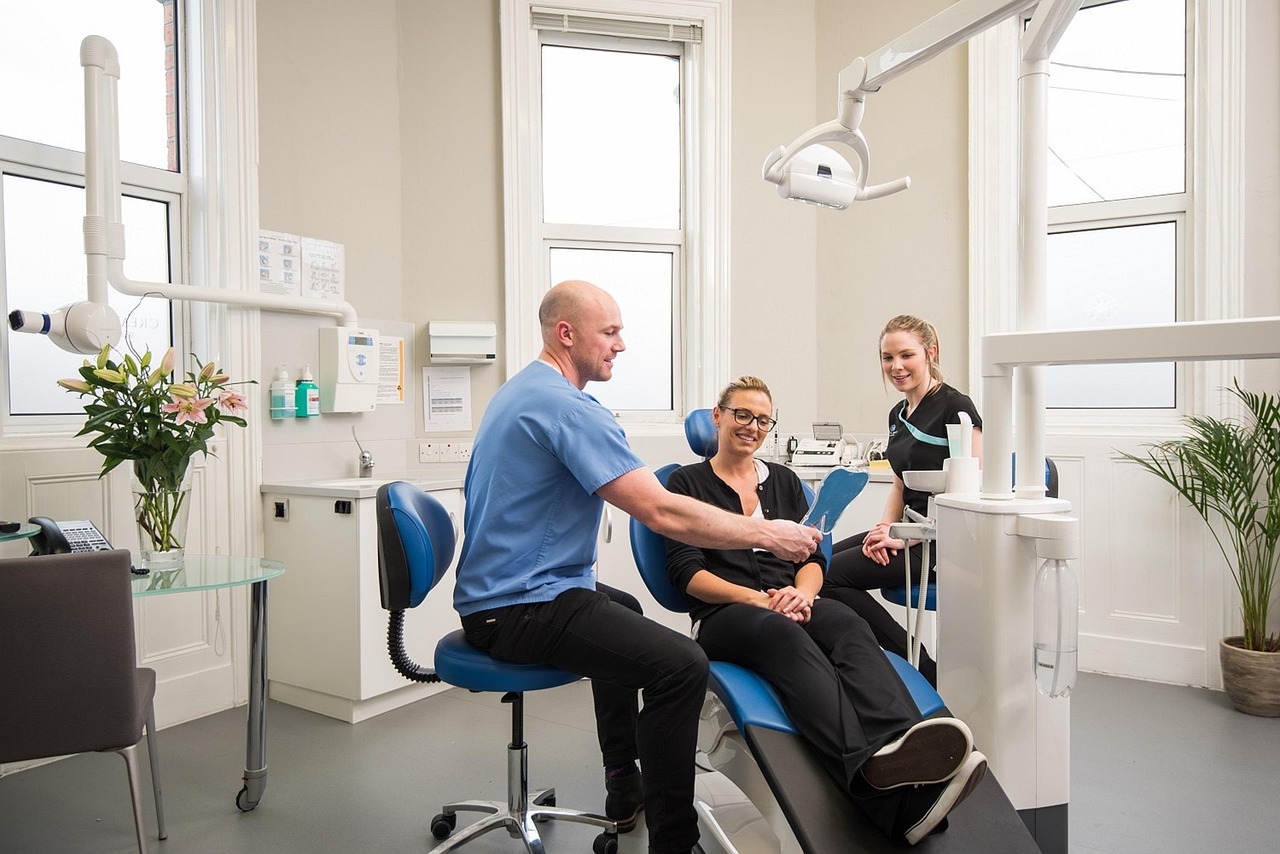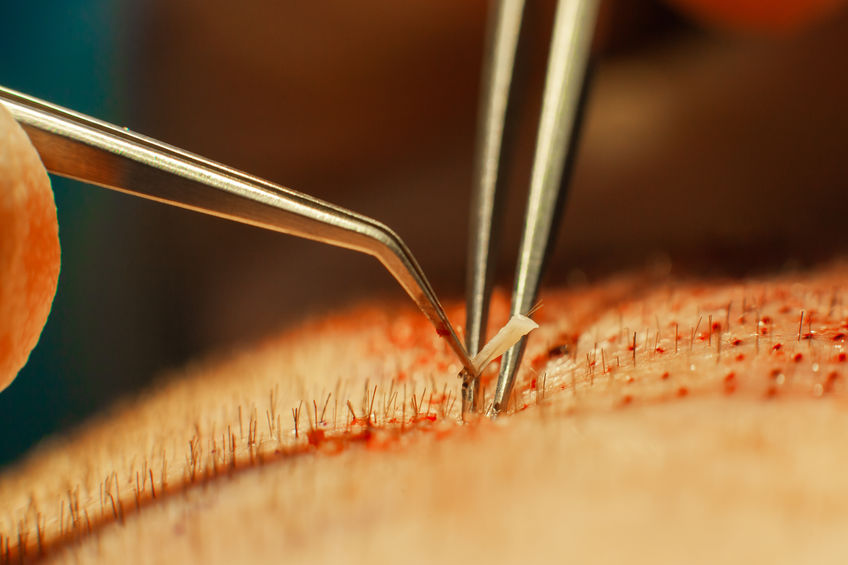A thick, well-defined beard no longer depends solely on luck or your genes. More and more men are turning to medicine to fill gaps, thicken a thin mustache, or simply regain an even beard. Beard and mustache transplants are no longer unusual: they’re a reliable solution that lasts over time and has become accessible to a wider audience. If the idea intrigues you but you’re still hesitant, let’s look at how current techniques work, what they cost, and what aftercare is required once the procedure is complete.
Understanding Beard and Mustache Transplants
A beard and mustache transplant follows the same principle as a hair transplant. The surgeon extracts hair follicles from the back of the scalp, where hair is most resistant. These follicles are then implanted in areas where the beard or mustache lacks density. Each graft contains one or two hairs, ensuring a natural look.
This type of procedure appeals mainly to:
-
Men with patchy or sparse beards
-
Those who want to better define their mustache
-
Those who wish to conceal a visible facial scar
The final result depends both on the vitality of the follicles and the precision of the implantation. When performed correctly, a beard and mustache transplant blends naturally with your features and respects the natural direction of your hair growth.
Techniques Used in Beard and Mustache Transplants
Today, surgeons have several techniques to implant follicles. Each method has its advantages and limitations, and your surgeon will guide you toward the one best suited to your needs.
The FUE Method (Follicular Unit Extraction)
This is the most common approach. The doctor extracts follicles one by one with a micro-punch and implants them directly in sparse areas. FUE beard transplants leave only tiny, almost invisible marks, and recovery is generally quick.
The FUT Method (Follicular Unit Transplantation)
Less common today, FUT involves removing a thin strip of scalp and dividing it into micro-grafts. Although more invasive, this method provides a large number of follicles in a single session, making it suitable for patients seeking very dense beards.
The DHI Method (Direct Hair Implantation)
Here, the surgeon uses a specialized implanter pen. Each follicle is inserted directly into the skin without a prior incision. This newer method offers remarkable precision, especially regarding hair angle and depth, and also shortens healing time.
Most clinics choose FUE for facial transplants because it provides precision and ensures an even beard. It also allows for many styles: a bold chin, a full beard, or a perfectly shaped mustache. Some surgeons combine methods to maximize follicle numbers while limiting visible marks.
How Much Does a Beard and Mustache Transplant Cost?
The cost varies widely depending on the country and clinic. In Europe, particularly in France, prices generally range from €6,000 to €10,000. In countries like Hungary, however, the same procedure may cost between €2,300 and €3,700. The price gap can be significant, and it’s not just a matter of numbers on a quote.
Several factors explain these differences:
-
Number of grafts: the larger the area to cover, the more follicles are needed, and the higher the cost.
-
Technique used: FUE and DHI require different skills, time, and precision, which impact price.
-
Size of the area: a sparse mustache requires less work than a full beard.
-
Geographic location: Western Europe tends to be more expensive, while Hungary or Turkey offer much lower rates.
-
Packages offered: some clinics include lodging, transfers, and aftercare in their prices.
But the key is not to focus only on cost. Success depends above all on the surgeon’s experience, precision, and quality of follow-up. Choosing the cheapest option without checking these factors could turn into disappointment.
How the Procedure Works
It all begins with a consultation. You sit comfortably while the surgeon examines your beard, mustache, and hair density. Together, you discuss the areas to improve, the desired result, and the future contours, often drawn directly on your face.
Then comes the follicle extraction. Depending on the chosen method, the surgeon takes follicles from the back of your head, where hair is strongest. Each graft is handled with great care, much like an artisan working with delicate material. The precision at this stage directly affects the final outcome.
Finally, the implantation: follicles are placed one by one into sparse areas, following your natural hair growth. The procedure is meticulous and steady. Thanks to local anesthesia, there’s no pain—only a sensation of contact. The session typically lasts four to eight hours, depending on graft numbers. You remain conscious, sometimes chatting with the surgeon or listening to music, while watching your new look gradually take shape.
Immediate Aftercare
Right after the procedure, you may notice redness and slight swelling. This is normal—the skin is simply reacting to the micro-trauma caused by implantation. Small scabs usually appear around the grafts and fall off after about 10 days.
During this period, it’s best to:
-
Avoid shaving the treated area
-
Sleep with your head slightly elevated
-
Protect the beard and mustache from sun and dust
-
Apply the healing or moisturizing spray provided by your clinic
Implanted hairs often fall out after a few weeks. This is normal: the root remains intact, and regrowth starts after about three months. The final result is typically visible between 9 and 12 months post-procedure.
Long-Term Care
Your beard deserves special attention so every follicle takes hold properly. The routine isn’t complicated, but small habits make a big difference. Use a gentle beard shampoo to cleanse without irritation, then apply a light oil to hydrate and soften hairs. Gentle massage stimulates circulation and helps roots strengthen.
Internal care also counts: a balanced diet with proteins and B vitamins supports natural growth. After the sensitive period, life becomes simple again. You can shave, trim, and style as you like. Implanted hairs behave like natural ones—they grow, thicken, and blend seamlessly.
At this point, your beard is no longer just aesthetic—it becomes a natural part of you.
A Reliable and Accessible Solution
A beard and mustache transplant is more than a cosmetic procedure—it’s a solution to a growing desire for harmony and confidence. Thanks to multiple techniques, increasingly affordable prices, and established aftercare protocols, it appeals to more and more men worldwide.
By maintaining proper post-treatment care and choosing a skilled surgeon, you can achieve a dense, natural, and lasting beard or mustache. This procedure doesn’t change who you are—it simply gives you the freedom to express your style without compromise.




